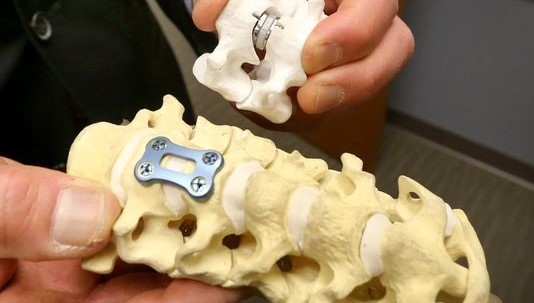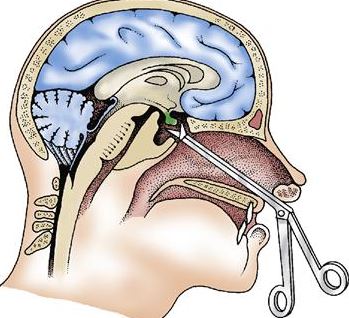Emergency Stroke Care: Right time, right place & right person
LEARN TO RECOGNISE A STROKE!
TIME IS BRAIN!
TIME LOST IS BRAIN LOST!
TO SALVAGE THE BRAIN AND MINIMZE PERMANENT BRAIN DAMAGE
SEEK EMERGENCY HELP AT RIGHT TIME, RIGHT PLACE & RIGHT PERSON!
Can stroke be cure?
Yes, only if stroke being treated within right time within Golden-Hours before permanent brain damage occurs. All neurological deficits may be reverted normal if stroke patient being treated within right time (within Golden Hours) at right hospital (equipped with stroke services & instruments) by right person (Stroke Specialists).
Type of emergency treatments: An ischemic stroke is occasionally treated in a hospital with thrombolysis (also known as a "clot buster"), and some hemorrhagic strokes benefit from neurosurgery
Golden 3-4.5 Hours Treatments: Thrombolysis
Intra-venous i.v. thrombolysis with recombinant tissue plasminogen activator (rtPA) in acute ischemic stroke, when given before three to four and a half hours of symptom onset, in long term improves the rate of functional independence among stroke survivors. However most of the stroke patients are not eligible or cannot receive the treatments within 3-4.5 hours. Besides, there are many contraindications (such as abnormal lab values, high blood pressure, or recent surgery) to be considered before the drug is administered. Moreover, the treatments regimen based on a plain CT brain image for clinical decision, with or without a detailed angiogram mapping of neck and brain vessels to look for the exact cause of stroke, rtPA thus carries 6.4% risk of causing substantial brain hemorrhage leading to severe morbidity and mortality.
Goldern-8-Hours Treatments: Mechanical thrombectomy
Under X ray control, a stroke neurosurgeon can pass a very fine catheter up to carotid artery at neck or into the brain arteries. The procedure allows removing obstructing blood clot and offer an option for those who either are not eligible for or do not improve with intravenous thrombolytics of Golden 3-4.5 hours treatments. Our clinical experience observed complete reversible of all neurological deficits for some patients if early artery unblockage were performed within 8 hours after symptom onset. Some patients with good collateral blood supply to brain may allow their brain to withstand or tolerate an even longer golden hours of therapeutic window. Similar to Golden 3-4.5 Hours Treatments, medical literatures reviewed that significant complications occur in about 7% of cases.










